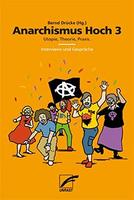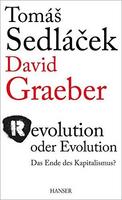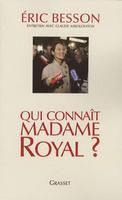
photo credits: Wikimedia Commons
An interview is a structured conversation where one participant asks questions, and the other provides answers. In common parlance, the word "interview" refers to a one-on-one conversation between an interviewer and an interviewee. The interviewer asks questions to which the interviewee responds, usually providing information. That information may be used or provided to other audiences immediately or later. This feature is common to many types of interviews – a job interview or interview with a witness to an event may have no other audience present at the time, but the answers will be later provided to others in the employment or investigative process. An interview may also transfer information in both directions. Interviews usually take place face-to-face, in person, but the parties may instead be separated geographically, as in videoconferencing or telephone interviews. Interviews almost always involve spoken conversation between two or more parties. In some instances a "conversation" can happen between two persons who type their questions and answers. Interviews can be unstructured, free-wheeling and open-ended conversations without predetermined plan or prearranged questions. One form of unstructured interview is a focused interview in which the interviewer consciously and consistently guides the conversation so that the interviewee's responses do not stray from the main research topic or idea. Interviews can also be highly structured conversations in which specific questions occur in a specified order. They can follow diverse formats; for example, in a ladder interview, a respondent's answers typically guide subsequent interviews, with the object being to explore a respondent's subconscious motives. Typically the interviewer has some way of recording the information that is gleaned from the interviewee, often by keeping notes with a pencil and paper, or with a video or audio recorder. The traditionally two-person interview format, sometimes called a one-on-one interview, permits direct questions and follow-ups, which enables an interviewer to better gauge the accuracy and relevance of responses. It is a flexible arrangement in the sense that subsequent questions can be tailored to clarify earlier answers. Further, it eliminates possible distortion due to other parties being present. Source: Wikipedia (en)
Works in the genre interview 46
Unknow Market Wizards
Anarchomystik auf den Punkt gebracht: Ein Interview mit Gian Caspari
-
The man lives
Anarchismus Hoch 3: Utopie, Theorie, Praxis – Interviews und Gespräche
Héro(s). Au cœur de l'héroïne
-
Eutsiko diogu?
Anarchismus Hoch 2: Soziale Bewegung, Utopie, Realität, Zukunft – Interviews und Gespräche
Revolution or Evolution
-
Walt's People: Volume 12: Talking Disney with the Artists who Knew Him
-
Faut-il avoir peur du nucléaire ?
-
Walt's People: Volume 11: Talking Disney with the Artists who Knew Him
Although of Course You End Up Becoming Yourself
-
Light of the World
Mythmakers & Lawbreakers
Corte de Caja: Entrevista al Subcomandante Marcos
La Défaite en chantant
Qui connaît Madame Royal ?
-
Zortzi unibertso, zortzi idazle
Ja! Anarchismus: Gelebte Utopie im 21. Jahrhundert: Interviews und Gespräche
Anarchismus
-
Juan Garmendia Larrañaga. Solasean
Wahrheit und Macht
I'm a Born Liar
-
Na Točné
-
Bost idazle Hasier Etxeberriarekin berbetan
-
Jose Elorrieta. Sindikalismoaren berri onak
-
Coups d'épée dans l'eau
-
Jon Sarasua. Bertso-ispiluan barrena
-
An Instinct for the Kill
Lunch of Blood
The Past as Future
„…und alles ist Kabbala“
Genre - wd:Q178651
















